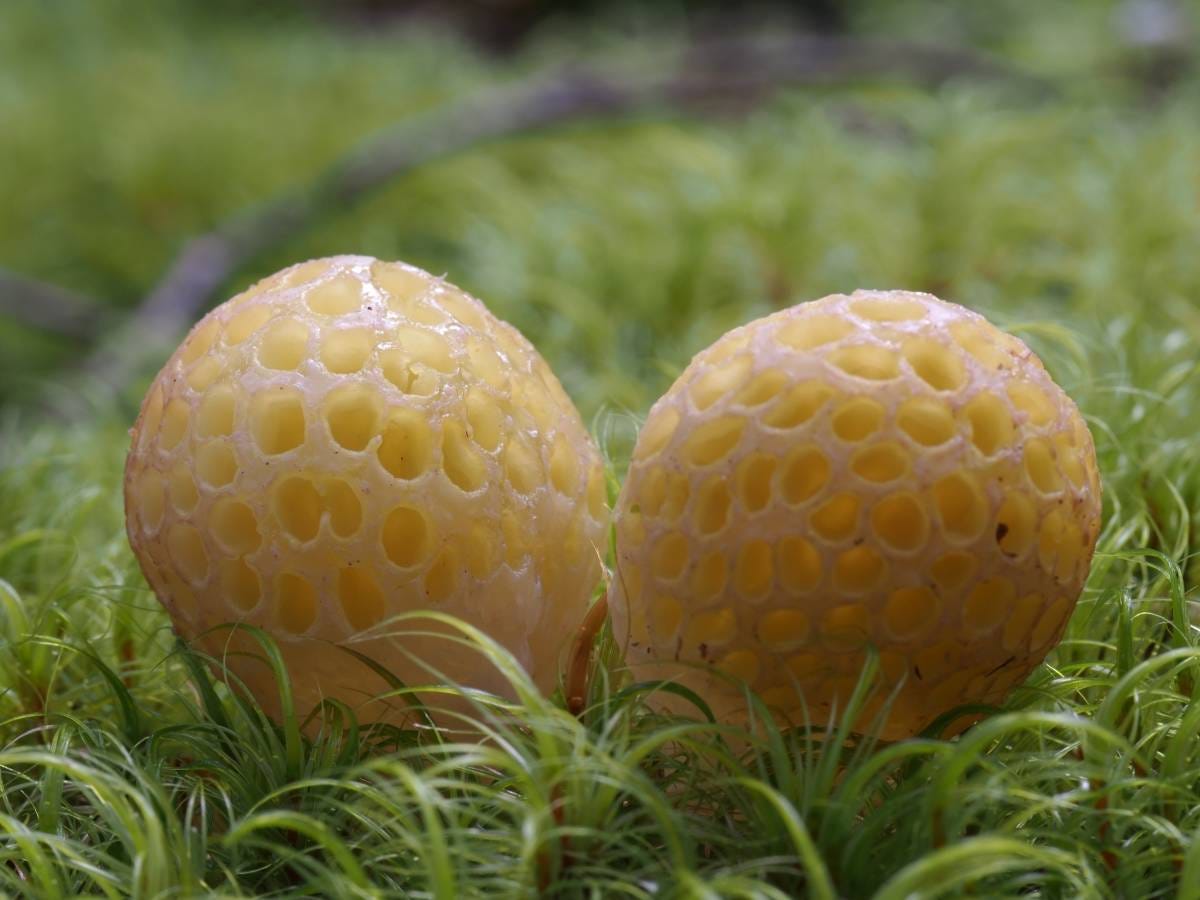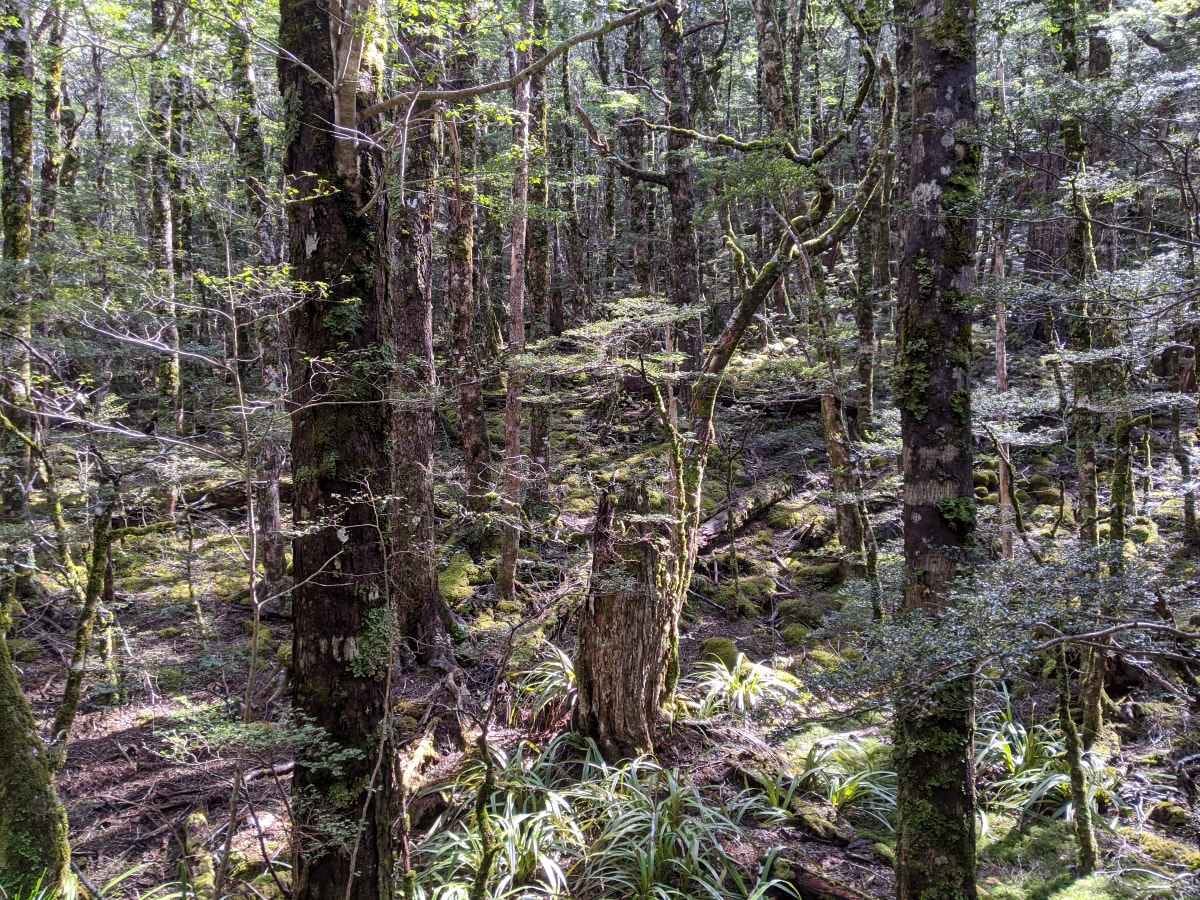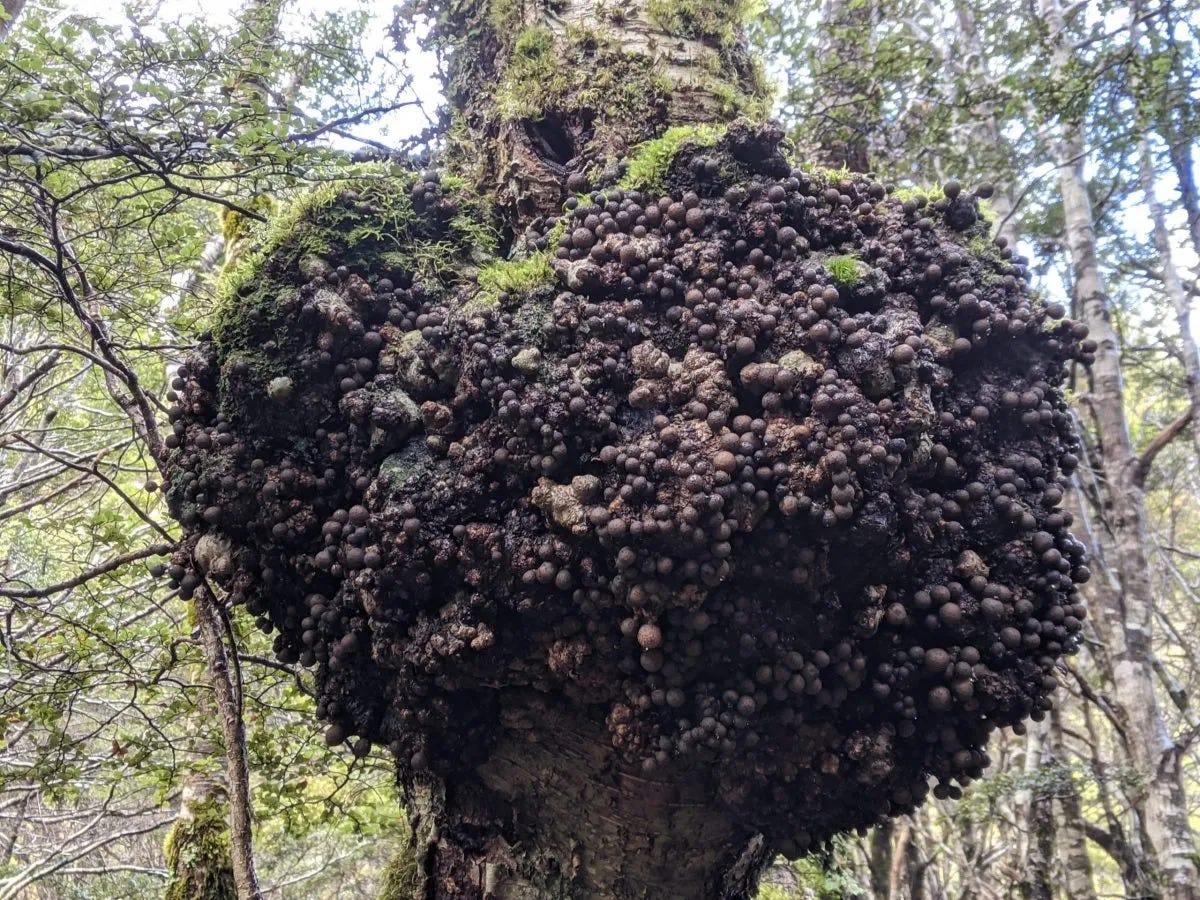Hidden Treasures of the Fiordlands: Unveiling the Myrtle Orange Fungus
Discover the intriguing Cyttaria gunnii fungus in New Zealand's South Island, revealing nature's wonders and our connection to the environment.
Nov. 1, 2020
The sun crept above the horizon as I set out on a crisp spring morning in Te Anau, eager to uncover the hidden treasures of the Fiordlands' Kepler Track. As the forest awakened with the gentle songs of birds and rustling leaves, I felt my anticipation grow with each step.
Fungi in New Zealand’s Fiordlands can be elusive during spring, but I was undeterred. I knew that if I ventured deep into the heart of the myrtle beech trees, I might stumble upon a rare gem, a testament to the extraordinary biodiversity of this remarkable landscape.
My journey took me down Rainbow Reach, meandering towards Shallow Bay and the pristine waters of Lake Manapouri. As I scanned the forest floor, I caught sight of a curious anomaly amongst the foliage – the honeycombed Cyttaria gunnii, a true wonder of the fungal world.

The myrtle orange, beech orange, or Maori beech strawberries as it is sometimes called, has captivated naturalists and botanists for centuries.
Miles Joseph Berkeley, a pioneering English botanist, first described this fascinating fungus in 1848. Little did he know that molecular studies would later reveal distinct Australian and New Zealand species, each having evolved alongside their respective host genus, Nothofagus.

I couldn't help but marvel at its intricate structure. The fruit bodies resembled clusters of grapes, their globular and pear-shaped forms glowing with an inviting yellow to orange hue.
As I knelt down to examine this captivating fungus more closely, I felt a sense of kinship with the countless explorers who had ventured into the forests of New Zealand before me. Each of us, drawn by the allure of the unknown, found ourselves humbled by the wonders of nature.

As the day drew to a close and I retraced my steps, I couldn't help but reflect on the beauty of Cyttaria gunnii, a Gondwanan species estimated to be between 28 and 44 million years ago, and the journey to find it. The hike had been long – nearly 15 kilometers – but the experience was one that would stay with me for a lifetime.




